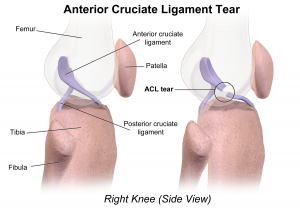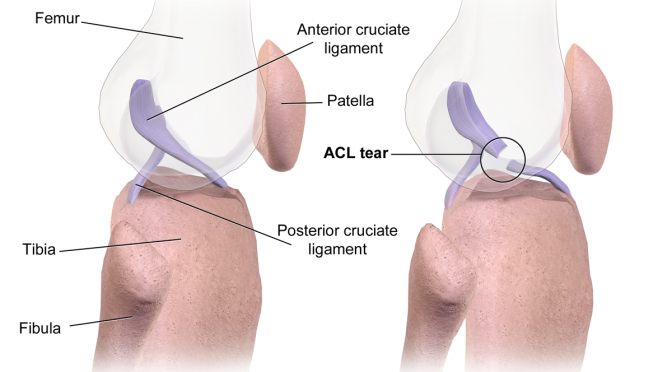New York, NY – Winter is the time that skiers and snowboarders look forward to. However, winter is also the time when medical providers see many injuries related to those very sports.
According to Dr. Angelo Ciminiello, a Sports Medicine Specialist at Danbury Orthopedics in Connecticut, the most common injuries he sees this time of year are torn anterior cruciate ligaments (ACLs) from skiers, broken or fractured wrists from snowboarders, and many concussions. He recommends always wearing a helmet while skiing or riding, since this simple step can prevent a serious concussion. To prevent against broken wrists, he suggests using a specialized glove with a wrist guard built-in, which can help prevent a fracture.
For skiers, be sure the bindings are properly maintained and set appropriately for your weight and height so that they will release when needed, yet retain the boot when they should. A torn ACL occurs when the foot is planted and the knee is turned. If the bindings release your foot at the time of a fall, you are less likely to tear the ACL.

Dr. Matt Hastings, DT, DPT for SPEAR Physical Therapy in Manhattan, agrees. As a former ski instructor in Breckenridge, Colo., he knows the dreaded ACL tear all too well. He points out that if 2017 runs similar to prior seasons, an estimated 20,000 skiers — and more commonly women — will tear their ACLs this year, and recovery often takes six months or longer.
How do you know if you’ve torn your ACL? “You usually hear a pop in the knee, followed by swelling and pain when putting weight on the knee. If that happens see an orthopedist immediately,” Dr. Ciminiello advises. The same holds true for a broken wrist. If you have swelling after a fall and are unable to use the hand properly, see an orthopedist. “Do not take a wait-and-see attitude, since immediate treatment will result in a much more successful recovery,” he adds.
The good news, though, is that any ACL tears and other injuries can be avoided with some focused pre-ski training and vigilance on the slopes. Dr. Hastings says that the first step to preventing injury on the slopes is improving your overall fitness, for endurance, strength, stability and power can go a long way toward helping you prevent ACL and other ski injuries. Isolating muscle groups like the quads, glutes and hamstrings is key to maintaining balance when skiing or snowboarding. In the lead up to ski season, Hastings recommends wall sits, lunges, split lunges and split squats, as well as full body movements like box jumps, front squats and Bosu squat holds that parallel the movements in skiing and snowboarding.
Stretching is also important for all winter sports. Athletes who engage in winter outdoor sports are often cold before they begin, so stretching your muscles helps warm them up and prevents hamstring pulls and other injuries.
When skiing, whatever you do, don’t sit back. “We have a tendency when we are scared to sit backwards, which forces the knee into a position where you’re in the greatest danger of tearing your ACL,” Hastings says. “You want to go to the side if you’re feeling out of control or unsafe.” And when you’re getting tired in the afternoon, listen to your body and know when to stop. Take it easy at the end of the day, when you are typically fatigued.
Finally, the Skier Responsibility Code established by the National Ski Areas Association (NSAA) prescribes safety practices that also prevent injury, including stopping in a place that’s safe for you and others, looking uphill and yielding to other skiers, knowing how to use the lifts safely, and always staying in control.

